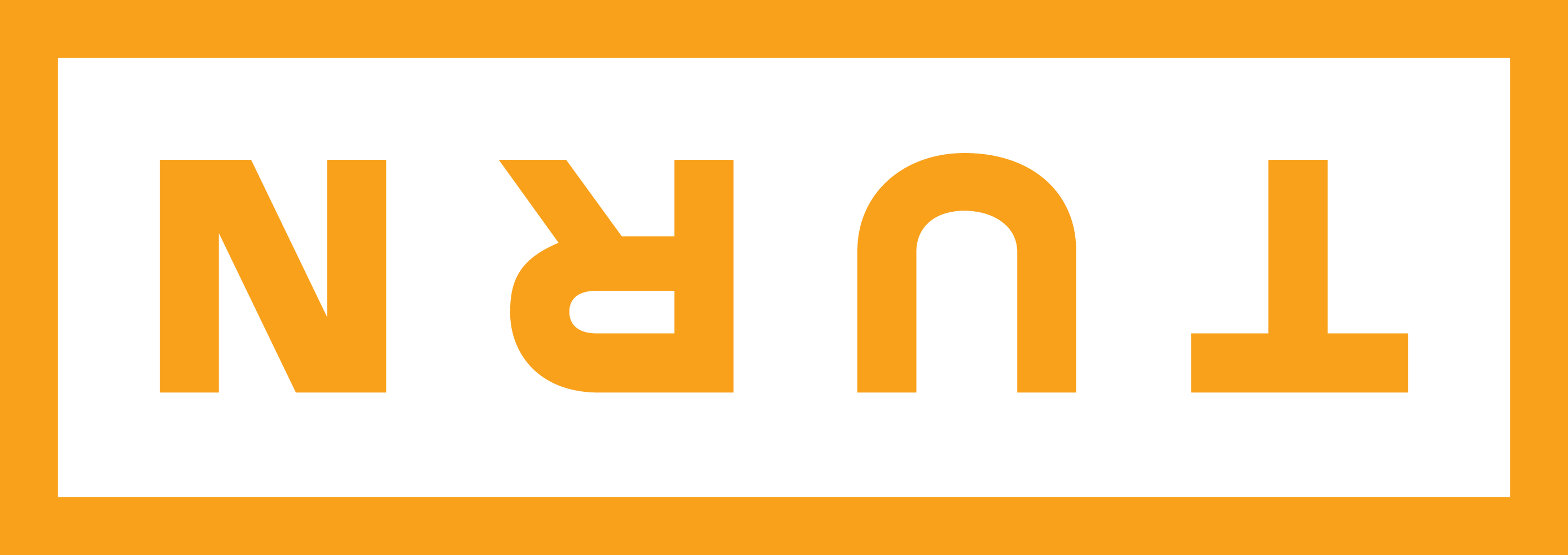Although growing, the degree of adoption of the circular economy is still not high enough. How and where to intervene in companies and consumers to encourage “circular” behaviour? This was discussed in a Mind the Bridge meeting with companies that leverage innovation to put it into practice
The news is not the explosion of investments in the Circular Economy (five billion dollars invested in the last ten years in the United States alone, of which almost two in 2021) for which a pipeline of innovative solutions and materials is being created.
The news is rather the bottleneck that still lies in its degree of adoption , if it is true that around 1.2 million plastic bottles are used per minute in the world and that over 90% of plastic is not recycled . Basically, roughly half of the plastic is destined for single-use products.
It is therefore not surprising that a significant part of the investments in the circular economy (about 30%) is directed towards sustainable packaging (with bioplastics taking the lion's share, while still being exposed to cost problems, almost double , and quality) and reusable packaging, for which tracking is crucial as well as the active participation of consumers: 94% of Americans theoretically support recycling but only 35% put it into practice properly.
These issues were discussed last Thursday at the Mind the Bridge Innovation Center in San Francisco in an Innovation Industry Talk which saw the participation of industrial players in the beverage world (AB Inbev and Pelliconi) and innovative startups from Silicon Valley (FullCycle, Purcell , Turn).
The occasion was the launch of the Report produced by Pelliconi 's Innovation Antenna in Silicon Valley on Disruptive Innovation Trends in the Beverage and Closure Market.
I will summarize some highlights, inviting you to read the Report ( available here for download ) and review the very interesting session (whose video recording will be made available on September 7 on our YouTube channel ).
-
As emerges from the Circular Economy Framework that Mind the Bridge has applied to the Beverage Supply Chain, the areas with the greatest environmental impact (and consequently with greater opportunities for action) are that of production and that of consumption .

- While the former is to some extent governed by manufacturing companies (sustainable packages , particularly in the context of Non-alcoholic beverages) , the latter requires the collaboration of consumers (in addition to large-scale distribution and retail). Here education, incentives, gamification (as Turn is doing ) are fundamental, as are tracking systems (for which Purcell is a very interesting case).
- The big players have only recently opened up to open innovation and collaboration with startups.
-
The most used models are:
- Innovation Outposts and Antennas in the main ecosystems to intercept trends: AB Inbev and Pelliconi have an innovation center in Silicon Valley.
- Venture Client : Examples of collaboration come from Coca Cola, Danone and Pepsico among others.
- Investments : AB Inbev has a dedicated CVC fund (ZX Ventures) as does Nestlé (which has announced a new fund focused on Brazil).
- Accelerators and Innovation Labs : AB InBev has an accelerator in partnership with Coca Cola, Unilever and Colgate) as well as Pepsico. Carlsberg works more on intrapreneurship initiatives.
- Acquisitions : Coca Cola, HP and AB Inbev are becoming particularly active on this front.




